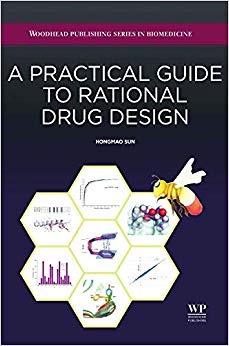
This book is not going to be an exhaustive survey covering all aspects of rational drug design. Instead, it is going to provide critical know-how through real-world examples. Relevant case studies will be presented and analyzed to illustrate the following: how to optimize a lead compound whether one has high or low levels of structural information; how to derive hits from competitors’ active compounds or from natural ligands of the targets; how to springboard from competitors’ SAR knowledge in lead optimization; how to design a ligand to interfere with protein-protein interactions by correctly examining the PPI interface; how to circumvent IP blockage using data mining; how to construct and fully utilize a knowledge-based molecular descriptor system; how to build a reliable QSAR model by focusing on data quality and proper selection of molecular descriptors and statistical approaches. A Practical Guide to Rational Drug Design focuses on computational drug design, with only basic coverage of biology and chemistry issues, such as assay design, target validation and synthetic routes.
- Discusses various tactics applicable to daily drug design
- Readers can download the materials used in the book, including structures, scripts, raw data, protocols, and codes, making this book suitable resource for short courses or workshops
- Offers a unique viewpoint on drug discovery research due to the author’s cross-discipline education backgroundÂ
- Explores the author’s rich experiences in both pharmaceutical and academic settings

